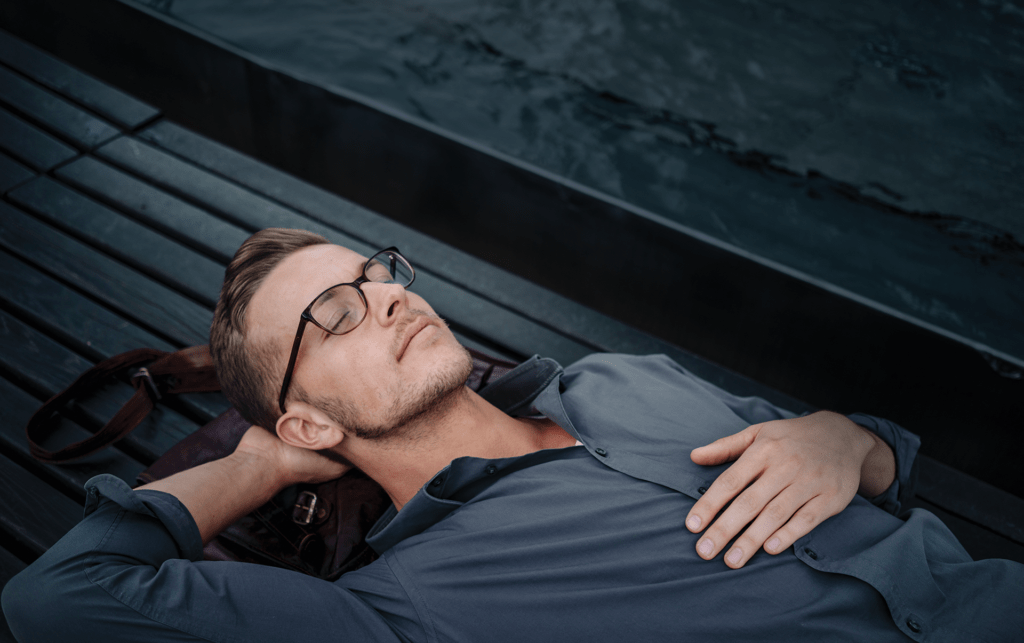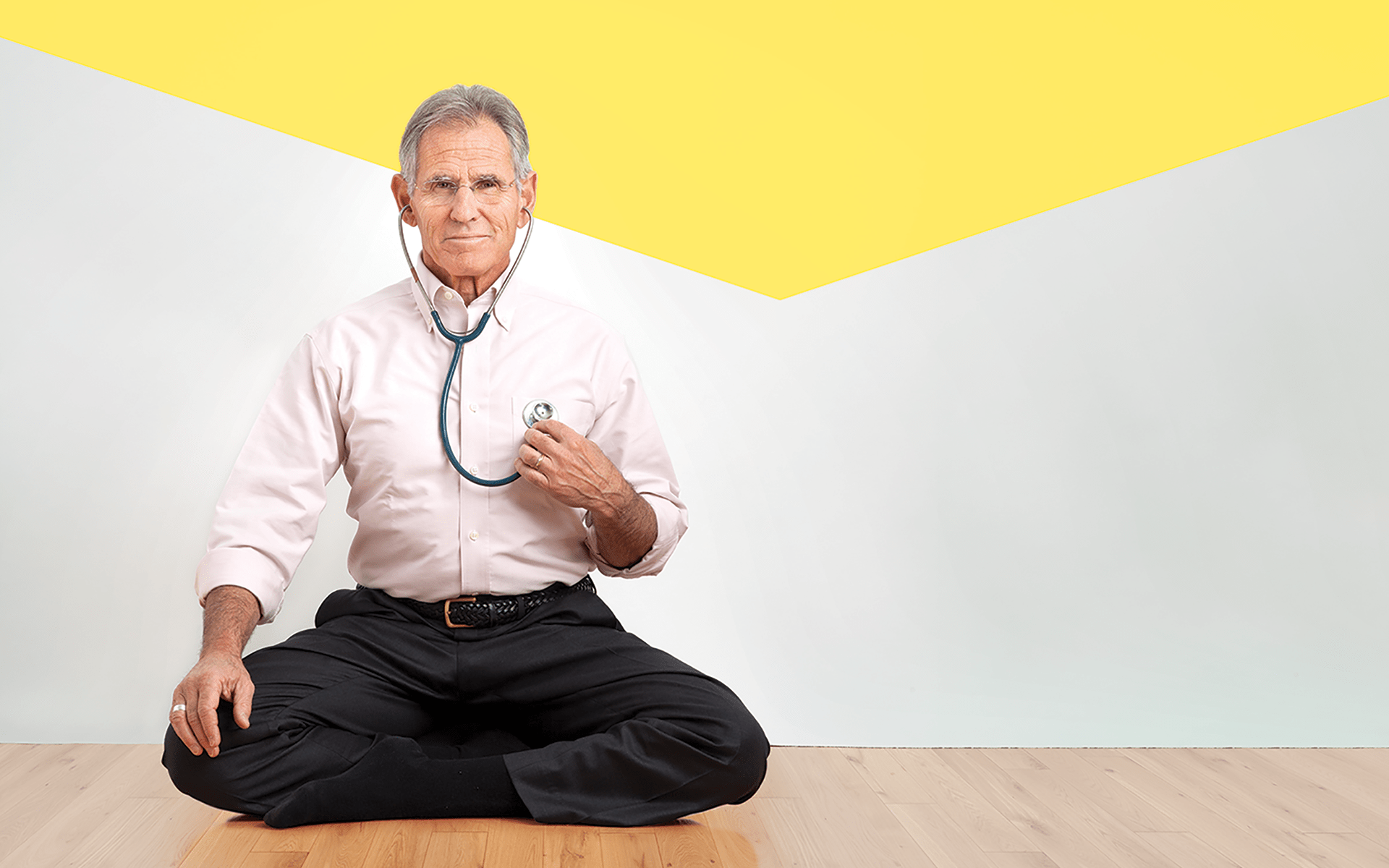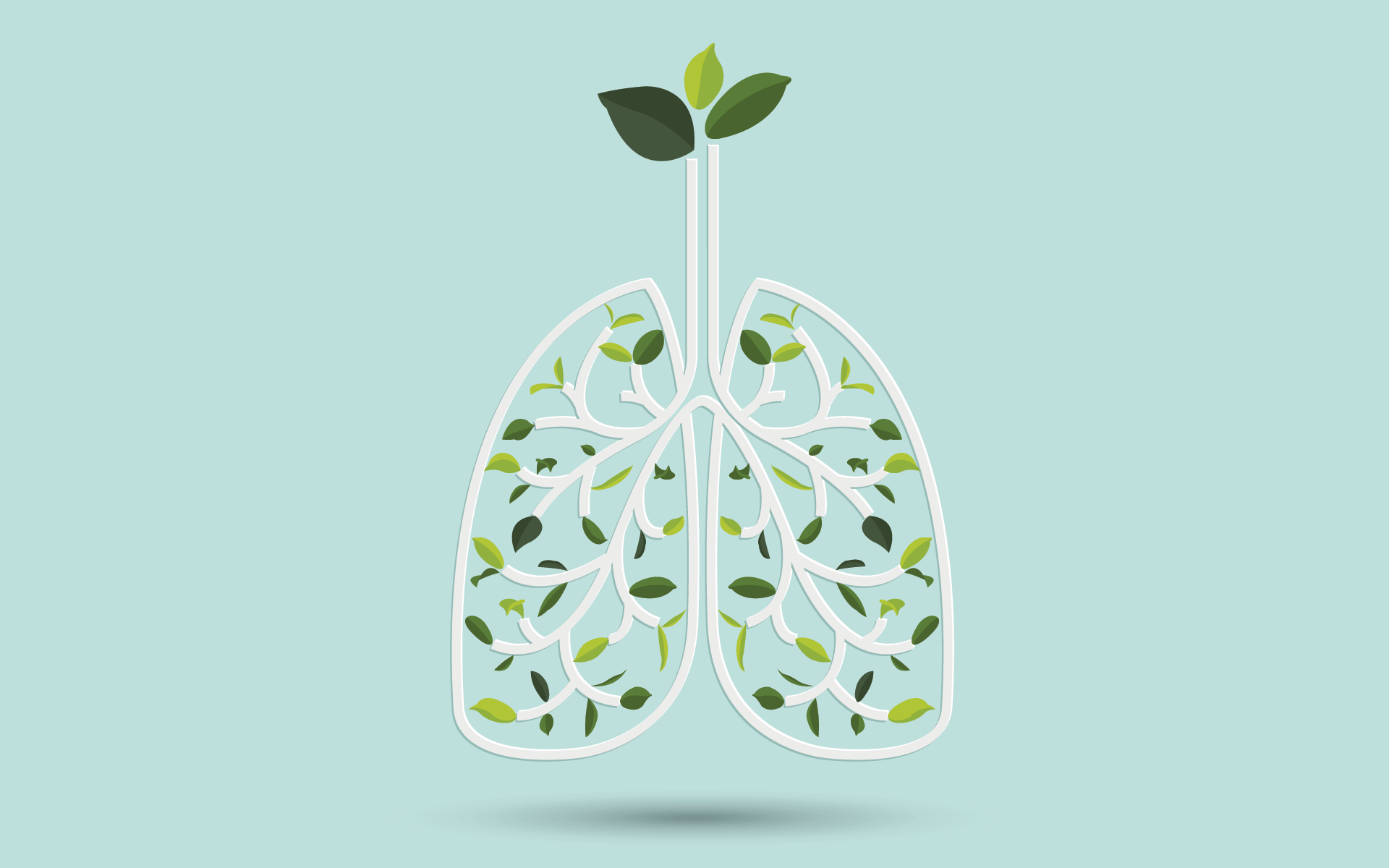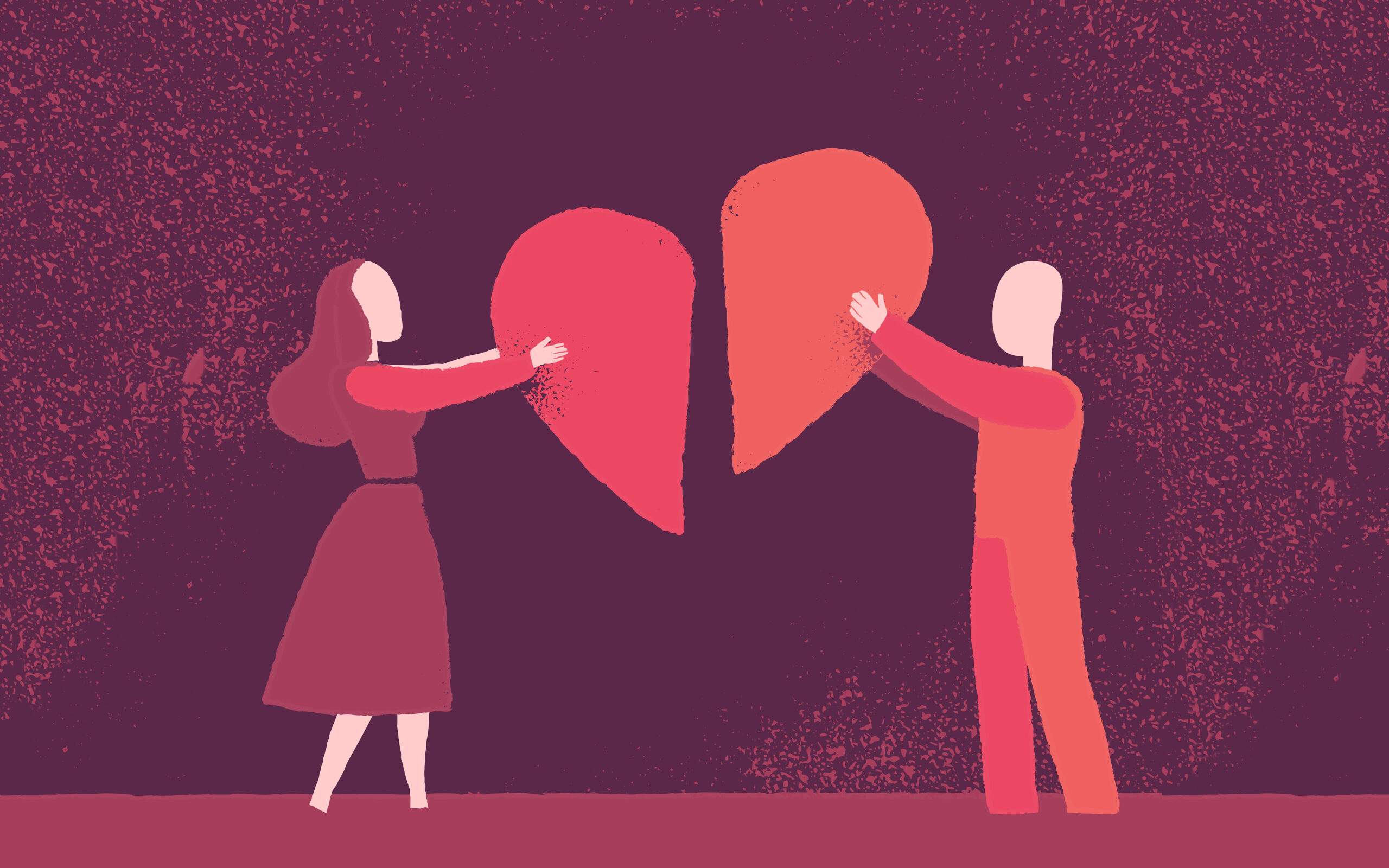In 1979, Jon Kabat-Zinn, a microbiologist working at the University of Massachusetts Medical School in Worcester, MA, started a modest eight-week program called Mindfulness-Based Stress Reduction—inviting patients to take some time for self-care down in the hospital’s basement. Forty years later, MBSR is taught the world over and has become the gold standard for applying mindfulness to the stresses of everyday life and for researching whether mindfulness practice can improve mental and physical health.
Kabat-Zinn has emphasized that mindfulness is not a mental trick. Rather it is a basic human inheritance that is essential to life. We need to be optimally aware of who we are, where we are, and how we are in order to survive individually and as communities, and even as a species, in Kabat-Zinn’s view.
In these excerpts from a recent series of books, he offers his understanding of how mindfulness practice enhances our very understanding of how we inhabit our own body as we make our way through life.
Body of Knowledge
They carry us through the world, but how often do we really listen to our bodies? A whole universe of wonder awaits when we do.
We know that it is possible to lose the felt sense of the body or parts of it through traumatic injury. In spinal cord injuries, the nerves communicating between the body and the brain can be severely injured or severed completely. In such situations, as a rule, the person is paralyzed as well as being unable to feel his or her body in those areas controlled by the spinal nerves below the break. Both the sensory and the motor pathways between brain and body and body and brain are affected. The actor Christopher Reeve, who died in 2004, sustained such an injury to his neck when he was thrown from a horse.
A number of years ago, the neurologist Oliver Sacks, who died in 2015, described meeting a young woman who had lost only the sensory dimension of bodily experience due to an unusual and very rare polyneuritis (inflammation) of the sensory roots of her spinal and cranial nerves. This inflammation, unfortunately, extended throughout the woman’s nervous system. It was caused, in all likelihood and quite horrifically, by treatment with an antibiotic administered prophylactically in the hospital in advance of routine surgery for gallstones.
All this woman, whom Sacks called Christina, was left being able to feel was light touch. She could sense the breeze on her skin riding in an open convertible and she could sense temperature and pain, but even these she could only experience to an attenuated degree. She had lost all sense of having a body, of being in her body, of what is technically called proprioception, which Sacks calls “that vital sixth sense without which a body must remain unreal, unpossessed.” Christina had no muscle or tendon or joint sense whatsoever, and no words to describe her condition. Poignantly, in the same way that we see with people who lack sight or hearing, she could only use analogies derived from her other senses to describe her experiences. “I feel my body is blind and deaf to itself… It has no sense of itself.” In Sacks’s words, “she goes out when she can, she loves open cars, where she can feel the wind on her body and face (superficial sensation, light touch, is only slightly impaired).” “It’s wonderful,” she says. “I feel the wind on my arms and face, and then I know, faintly, I have arms and a face. It’s not the real thing, but it’s something—it lifts this horrible dead veil for a while.”

Lost identity
Along with the loss of her sense of proprioception came the loss of what Sacks calls the fundamental mooring of identity—that embodied sense of being, of having a corporeal identity. “For Christina there is this general feeling—this ‘deficiency in the egoistic sentiment of individuality’—which has become less with accommodation, with the passage of time.”
Amazingly, she found her senses of sight and hearing assisting her with reclaiming some degree of external control over the positioning of her body and its ability to vocalize, but all her movements have to be carried out with extreme deliberateness and conscious attention. All the same, “there is this specific, organically based, feeling of disembodiedness, which remains as severe, and uncanny, as the day she first felt it.” Unlike those who are paralyzed by transections high up in the spinal cord and who also lose proprioception, “Christina, though ‘bodiless,’ is up and about.”
We have no words to describe the feelings we might be left with in the face of such a loss because the loss of the felt sense of the body, especially when the body can still move, is inconceivable to us.
Make no mistake about it. Just as the loss of knowing who you are in sufferers of Alzheimer’s disease is in no way some kind of shortcut to selflessness, the loss of this proprioceptive mooring is not liberating in any sense of the word. It is not enlightenment, nor a dissolving of ego, nor the letting go of an overwrought attachment to the body. It is a pathological, utterly destructive process that robs the individual of what Sacks calls “the start and basis of all knowledge and certainty,” quoting the philosopher Ludwig Wittgenstein. We have no words to describe the feelings we might be left with in the face of such a loss because the loss of the felt sense of the body, especially when the body can still move, is inconceivable to us.
From oblivion to body awareness
“Those aspects of things that are most important for us are hidden because of their simplicity and familiarity. (One is unable to notice something because it is always before one’s eyes.) The real foundations of his enquiry do not strike a man at all.”
These are Wittgenstein’s words, with which Sacks opens his story about that “sixth sense” we so don’t know we have, so much is it in evidence, namely the felt sense of the body in space. It is so allied with our physicality, our physical “presence,” our sense of the body as proper to us and therefore as our own, that we fail to notice it or appreciate its centrality in our construction of the world and who we (think we) are. When we practice the body scan, our awareness includes that very sense of proprioception that Sacks is describing and that Christina tragically lost, the felt sense of having a body and, within the universe of the body as one seamless whole, the felt sense of all its various regions, which we can isolate in our minds to a degree, zero in on, and “inhabit.” When we practice the body scan, we are reclaiming the vibrancy of the body as it is from the cloud of unawareness that stems from its being taken for granted, so familiar is it to us. Without trying to change anything, we are investing it with our attention and therefore, with an embodied sense of appreciation and our love. We are explorers of this mysterious, ever-changing body-universe that simultaneously is us in such a profound way and isn’t us in an equally profound way.
Connecting to your core being
And when some sort of healing is longed for and remains a possibility, however remote it might seem, a willingness to reclaim the body from the oblivion of taken-for-grantedness or from narcissistic self-obsession is paramount. Working at it every day, we reconnect with the very source of our humanity, with our elemental core of being.
When awareness embraces the senses it enlivens them.
When awareness embraces the senses it enlivens them. We have all felt that at times, moments of extraordinary vividness. In the case of proprioception, when we truly give ourselves over to listening to the body in a disciplined and loving way and persevere at it for days, weeks, months, and years as a discipline and a love affair in and of itself, even if we don’t hear much at first, there is no telling what might occur. But one thing is sure. As best it can, the body is listening back, and responding in its own mysterious and profoundly enlivening and illuminating ways.

Discover the Body Universe
With steady, loving attention we lift the cloud of familiarity, and rediscover the vibrant, mysterious landscape within.
Lying on a comfortable padded surface, either on a rug or pad on the floor, or in bed or on a couch, we might at first give ourselves over to the experience of being here like this, in this posture, whatever it is. We can also choose to keep our eyes open or closed. If we keep them open, we simply drink in through the eyes whatever is above us. And of course, keeping the eyes open can be especially helpful and effective in moments of drowsiness and fatigue. Many people find it helpful in refining the awareness of the internal landscape of the body and the mind to keep the eyes closed. They find that it enhances the inward focus and concentration.
The body scan involves systematically sweeping through the body with the mind, bringing an affectionate, openhearted, interested attention to its various regions, customarily starting from the toes of the left foot and then moving through the entirety of the foot—the sole, the heel, the top of the foot—then up the left leg, including in turn the ankle, the shin and the calf, the knee and the kneecap, the thigh in its entirety, on the surface and deep, the groin and the left hip, then over to the toes of the right foot, the other regions of the foot, then up the right leg in the same manner as the left.
From there, the focus moves into, successively and slowly, the entirety of the pelvic region, including the hips again, the buttocks and the genitals, the lower back, the abdomen, and then the upper torso—the upper back, the chest and the ribs, the breasts, the heart and lungs and great vessels housed within the rib cage, the shoulder blades floating on the rib cage in back, all the way up to the collarbones and shoulders.
From the shoulders, we move to the arms, usually doing them together, starting from the tips of the fingers and thumbs and moving successively through the fingers, the palms and backs of the hands, the wrists, forearms, elbows, upper arms, armpits, and shoulders again. Then we move into the neck and throat, and, finally, the face and head.
Along the way, we might tune in to some of the remarkable anatomical structures, biological functions, and more poetic, metaphorical, and emotional dimensions of the various regions of the body and each region’s particular individual history and potential: whether it is the ability of the feet to hold us up; the sexual and generative energies of the genitals; in women, the capacity to give birth and the memories of pregnancies and births for those who have had the experience; the eliminative and purifying functions associated with the bladder, kidneys, and bowels; the digestive fires of the abdomen and its role in breathing and in grounding us in the physical center of gravity of the body; the stresses and triumphs of the lower back in carrying us upright in the gravitational field; the radiant potential inherent in the solar plexus; the chest as the location of the metaphorical as well as the physical heart (we speak, for instance, of being lighthearted, heavyhearted, hard-hearted, brokenhearted, warm-hearted, glad-hearted, and of “getting things off our chests”); the huge mobility of the shoulders; the beauty of the hands and arms; the remarkable structures and functions of the larynx, which allow us, in combination with the lungs and the tongue, the lips and the mouth, to express what is in our hearts and on our minds in speech and in song; how hard the face works to convey what we are feeling or hide what we are feeling, and the quiet dignity of the human face in repose; and the remarkable, ever-changing architecture and capacities of the human brain (the most complex arrangement of matter in the known‑by‑us universe, housed right under the vault of the cranium) and nervous system.
From The Healing Power of Mindfulness: A New Way of Being, by Jon Kabat-Zinn, published by Hachette. Copyright © 2018 by Jon Kabat-Zinn
explore practices from jon kabat-zinn
Everyday Mindfulness with Jon Kabat-Zinn
When he started MBSR, Jon Kabat-Zinn didn’t have a detailed plan—just passion and an inkling that lots of good would come of it. He recently spoke with Mindful about his new MasterClass and shared insights on mindfulness and meditation.
Read More
An Inquiring Practice to Notice the Body
This 20-minute guided meditation from Jon Kabat-Zinn explores embracing sensations as they arise in the body in order to ground ourselves in the here and now.
Read More
A Guided Walking Meditation to Savor the Day
This short walking meditation from Jon Kabat-Zinn encourages you to embracing mindful awareness with every footfall.
Read More
The Breathscape Practice for Cultivating Mindfulness
A 20-minute meditation from Jon Kabat-Zinn to allow you to tap into your capacity to be in touch with your experience, and be awake and aware with no agenda other than to be awake and aware.
Read More
This Loving-Kindness Meditation is a Radical Act of Love
Jon Kabat-Zinn leads us in a heartscape meditation for cultivating loving-kindness, focused awareness, and deep healing of ourselves and others.
Read More










